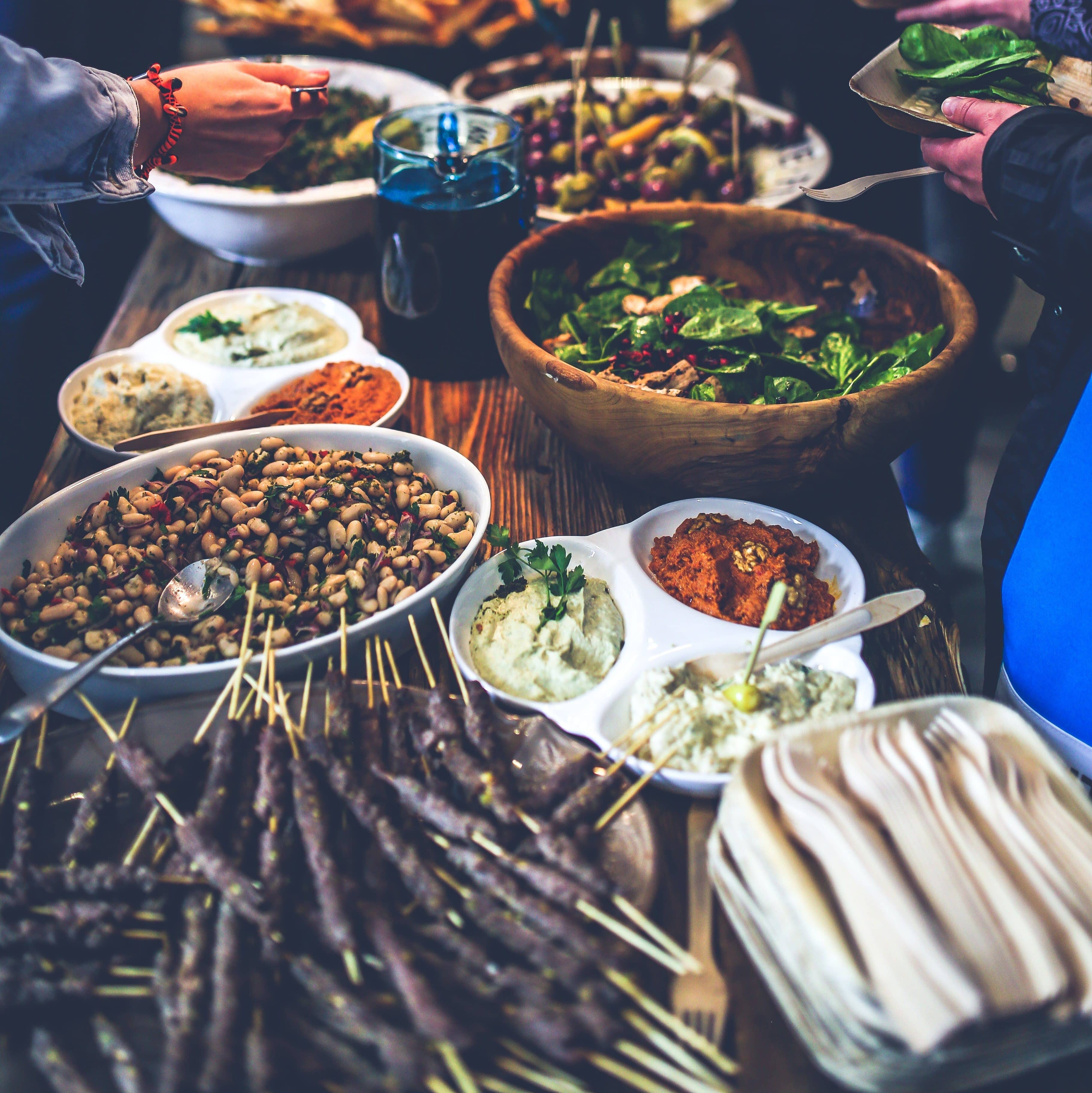
USDA
(Washington, D.C., February 3, 2021) – Score a touchdown this year with your Super Bowl LV snacks by keeping bacteria out of the end zone. While your Super Bowl traditions may look different this year given COVID-19 and the need to maintain social distancing, your plans probably still involve food. Whether you are cooking your favorite munchies from scratch or ordering from a nearby restaurant, the U.S. Department of Agriculture’s Food Safety and Inspection Service (FSIS) wants you to remember to follow safe food handling rules.
“As Americans prepare their Super Bowl food, protecting loved ones from foodborne illnesses is essential,” said USDA Acting Deputy Under Secretary for Food Safety Paul Kiecker. “Millions of people get sick from food poisoning each year. Following guidance on proper handwashing and avoiding cross-contamination can keep your family safe.”
Check out USDA’s game plan to avoid these personal fouls.
Agree to a Clean Game: Do wash your hands. Washing your hands protects you from harmful bacteria that can cause foodborne illness and make you sick. In a recent USDA study, participants failed to wash their hands correctly 99 percent of the time. Make sure you wet your hands with warm running water and lather them with soap for a full 20 seconds. Time yourself by singing the Happy Birthday song twice. Then rinse and dry with a clean towel or paper towel.
Don’t wash chicken wings, other poultry products or meats. Many people who wash or rinse meat and poultry do so out of habit or because it’s how they learned to cook. USDA research found that washing or rinsing these items greatly increases the spread of germs by splashing bacteria onto kitchen surfaces and other food items.
Keep Opposing Teams Apart: Don’t cross contaminate. When you’re shopping at the grocery store, keep raw meat, poultry, eggs, and seafood in separate plastic bags to prevent their juices from dripping onto other foods. Always remember to use separate cutting boards – one for fresh fruits and vegetables, and another for raw meats. Keep raw meats away from ready-to-eat foods.
Cook the Opponent: The only way to kill bacteria is to cook raw meat, poultry, seafood, and egg products to a safe minimum internal temperature. Use a food thermometer to ensure food has reached the recommended temperatures, which will kill any harmful bacteria that may be present. Ground meats should reach 160 F, whole cuts of meat should reach 145 F with a three-minute rest time, and chicken wings should reach at least 165 F. Take the temperature of multiple wings in the thickest part of the wing, being careful to avoid touching the bone, which can skew the reading.
Throughout the game, keep hot foods hot and cold foods cold. Keep hot foods above 140 F in a slow cooker or chafing dish or keep half of the food in a warm oven. Keep cold foods at 40 F or below by placing salads, dips and salsa in a tray of ice. If serving food throughout the game, keep two separate portions on hand for easy swapping. Serve one portion as the game starts and keep another portion in the refrigerator or oven to set out after half time to prevent dangerous bacteria from growing.
Chill Out: Most bacteria grow rapidly at temperatures between 40 F and 140 F, also known as the Danger Zone. Don’t leave food sitting out at room temperature for more than two hours. Before those two hours are up, place small portions of leftovers in shallow containers and refrigerate them promptly. When reheating leftovers, make sure they reach 165 F.
If you have questions, contact the USDA’s Meat and Poultry Hotline at 1-888-MPHotline (1-888-674-6854) to talk to a food safety expert or chat live at ask.usda.gov from 10 a.m. to 6 p.m. Eastern Time, Monday through Friday.
